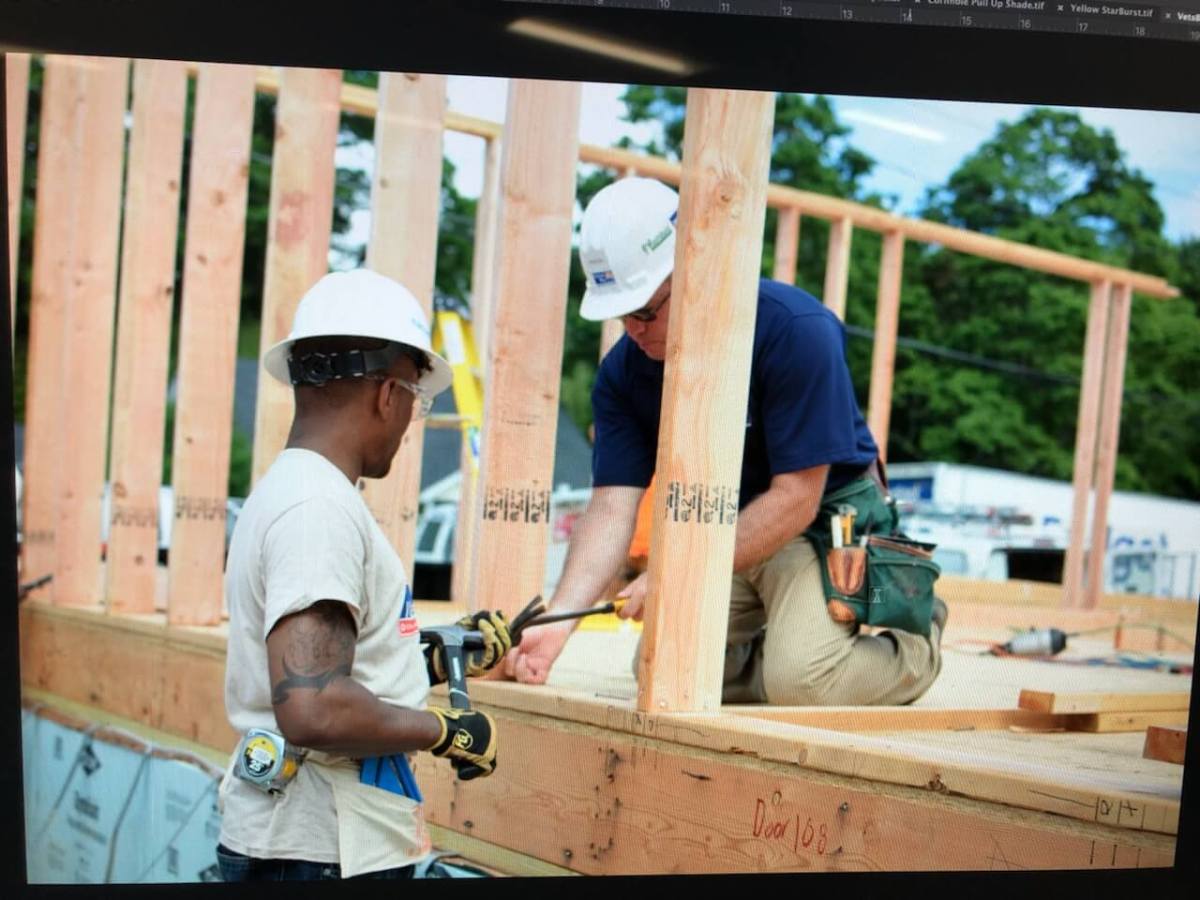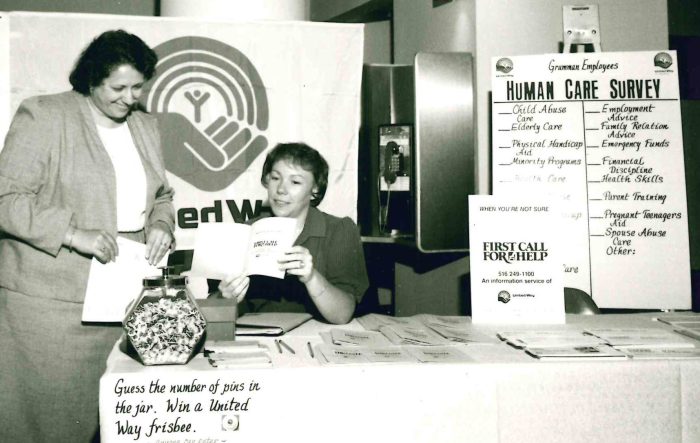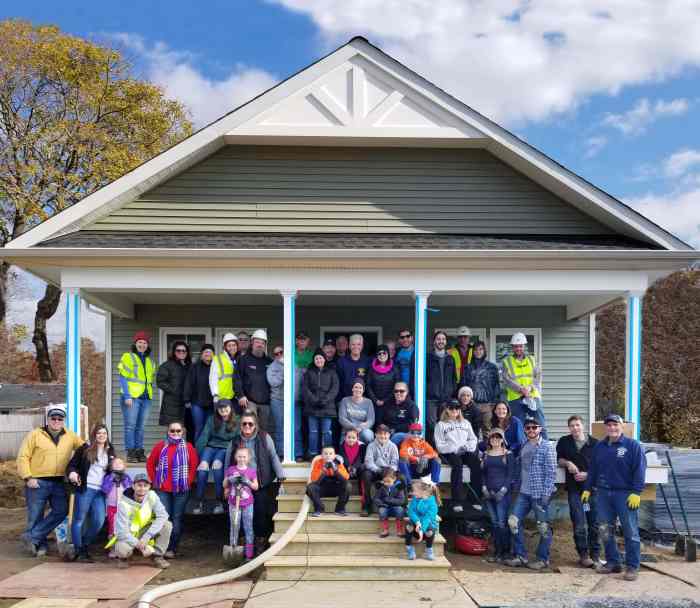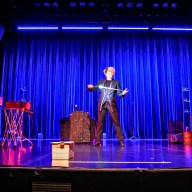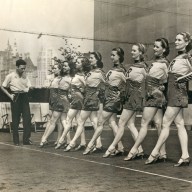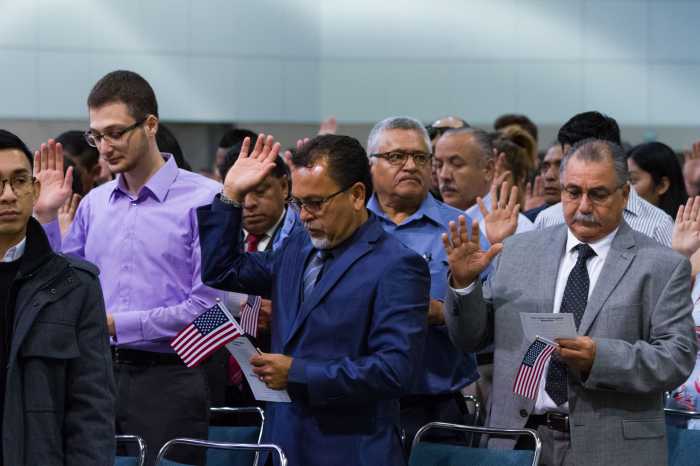Long Island Sees Increase in Demand for Trade Schools, Training
Getting into the Long Island Joint Apprenticeship and Training Committee program for the Electrical Industry of Nassau & Suffolk counties isn’t easy. The partnership between labor and management recruits only every other year. From April to September 2021, their recruitment period, 653 people applied, 281 were interviewed, and only 48 were selected for this year’s class. The applicants not selected remain on the eligibility list for possible selection for next year’s class.
“The actual training is free,” Chris Kelly, training director for the five-year program, said. “The only thing the individual apprentice, or student, is responsible for is book purchases.”
While many people look away from the trade schools, many are looking toward them for careers, sometimes as first and sometimes as second careers. Green-collar jobs such as solar panel installer are injecting new interest, although many say interest still trails demand.
The United Way of Long Island’s training for trades and Farmingdale State College, for instance, are seeing strong demand for non degree trade training.
“You have a mix of people coming out of high school, BOCES, and college educated,” Kelly said of apprenticeship candidates. “They (ideal candidates) are good in math and science or have a math and science background and like to work with their hands. And they’re not afraid to get dirty, be cold, or sweat.”
The Board of Cooperative Educational Services or BOCES, founded in 1948 by the New York State Legislature, provides technical training in many crafts. Today, 37 BOCES in the state serve 721 school districts. Eastern and Western Suffolk and Nassau BOCES serve this region, while trade schools and some colleges provide training in trades.
Rick Wertheim, senior vice president, housing development, sustainability, and training, for the United Way of Long Island, trains people in high-performance homebuilding, energy retrofitting, renewable and wind energy, and HVAC and weatherization services.
“Most of the trainees coming through our programs are trained for free,” Wertheim said of VetsBuild, YouthBuild, and Power Up, wind and renewables training sponsored by the Bank of America.
“All of our trainings expose people to many disciplines,” Wertheim said. “We take them on real jobs to perform real skills. And they interface with building professionals and other contractors and subcontractors.
Wertheim said that green jobs including energy auditor, home energy rating specialist, HVAC and high-performance homebuilding, smart home technology, and solar panels attract a lot of interest.
“We teach solar as an integrated part of a high-performance home,” Wertheim said. “There is more work than there are job seekers now. That’s all of the trades.”
He said he gets many calls from solar companies looking for workers, explaining that older HVAC workers are retiring.
“Young people are still not choosing the trades as an option,” Wertheim said, although more are targeting the trades than in recent years. “That’s what Long Island is struggling with.”
Farmingdale State College’s non degree training prepares people to work in fields such as solar energy as installers, geothermal as well as wind turbines. “That’s an emerging technology,” said Barbara Christe, dean of Farmingdale State College’s School of Engineering Technology.
Training to be a solar technician spans seven days and 56 hours, leading to accreditation as a photovoltaic associate. “Our classes run full for all of these areas, especially for people trying to move into new areas,” Christe said. “We see tremendous demand for the courses.”
Many people learn the trades as a second career, she said, citing demand for the workers as driving demand for courses.
“A lot of people use it as a launching pad into a new discipline,” Christe said. “We actively recruit veterans and folks who are unemployed or underemployed.”
Apprentices, meanwhile, mix time on the job from day one with time in the classroom. “The true definition of an apprenticeship is on-the-job training under the supervision of a journeyman,” Kelly said. “Plus classroom-related instruction, schooling. They have to go hand in hand.”
Electrician apprentices need a minimum of 8,200 hours over five years, learning conduit bending, wiring, splicing, lighting, project layout and more.
“They’re earning money and not paying for anything other than books,” Kelly said, noting that pay currently starts at $19.78 an hour, rising to $42.38 in the fifth year, while a journeyman makes $56.50.
“They work anywhere in Nassau or Suffolk County. They could be working in a school, a mall, hospital, house,” Kelly said. “They are supervised in safety and work processes.”
Other programs training electricians also are in demand, such as trade enrollment at BOCES Wilson Tech in Deer Park. Kelly said enrollment there is up. And paid programs such as the Electrical Training Center in Copiague are experiencing strong demand.
Kelly said his program partners with Nontraditional Employment for Women and works with Helmets to Hardhats, seeking to attract more women, advance diversity, and attract veterans, considered underrepresented populations.
The program may be tough to get into, but Kelly said over 95% complete it. “We’ve invested a lot of time to begin with,” Kelly said. “If they need extra help in the classroom, it’s provided.”




